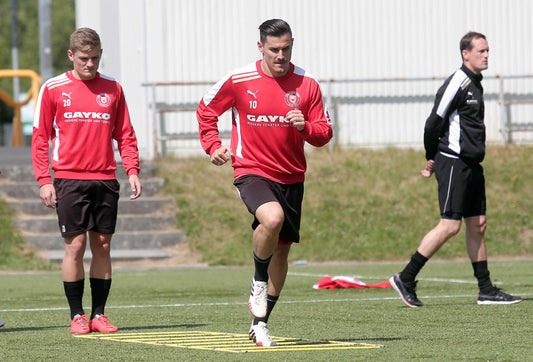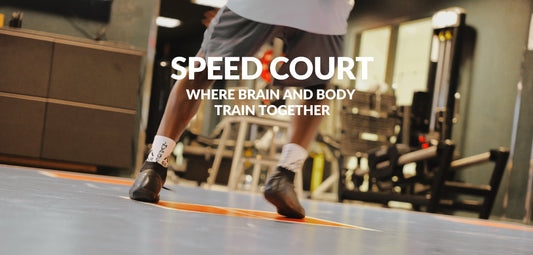Fast feet are great — but in today’s game, fast decisions win matches. That’s why modern performance training goes beyond muscle power. It’s about training the brain and nervous system. Enter the SpeedCourt — one of the world’s smartest tools for speed training, now available at Tanner Speed Academy.
What Makes the SpeedCourt Special?
Unlike traditional speed drills, the SpeedCourt doesn’t just make you run faster — it trains how quickly your brain processes information and sends the right signals to your body.
Athletes are challenged to:
-
React to visual cues on a screen
-
Adjust direction instantly
-
Make real-time movement decisions under pressure
All of this happens while sensors track every step and response.
The Science: Brain Speed + Motor Response
The SpeedCourt works by tapping into your neuromuscular system — the link between brain and body.
When you’re asked to sprint to a random light, stop suddenly, or hit a target quickly, your brain fires commands to your muscles in milliseconds.
This builds:
-
Cognitive speed
-
Motor control
-
Shorter reaction times
-
Better change of direction
-
Pattern recognition under pressure
This “brain speed” is what separates elite players from the rest. It’s not just about running — it’s about decision-making in motion.
Trusted by the Best
Elite clubs like Real Madrid and Bayern Munich use the SpeedCourt in pre-season to measure their players’ sharpness and prepare them for the real intensity of the game.
At Tanner Speed Academy, we offer this same tool to help youth athletes improve the skills that matter most in competition.
Want to Experience It?
If you’re around this summer, book a session at Tanner Speed Academy and step onto the SpeedCourt.
Whether you're preparing for the new season or just want a fun, challenging training experience — this is for you.
Book a SpeedCourt session → here




